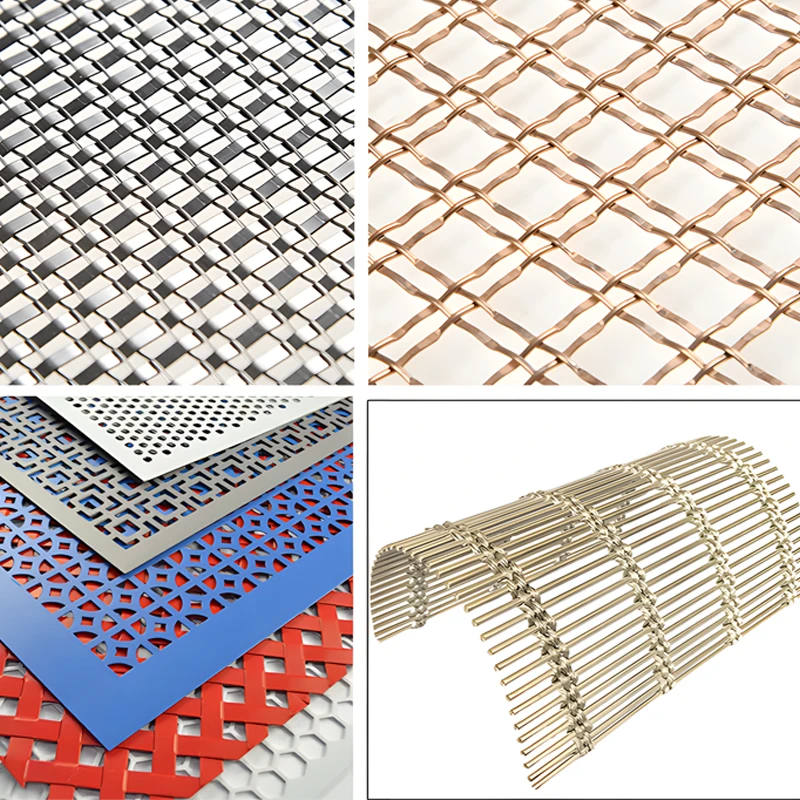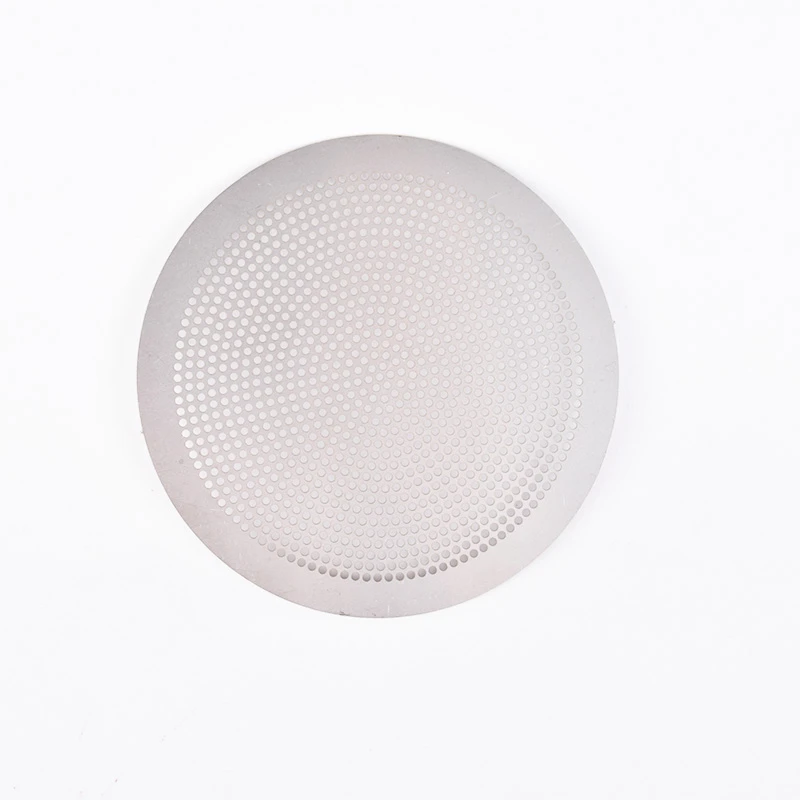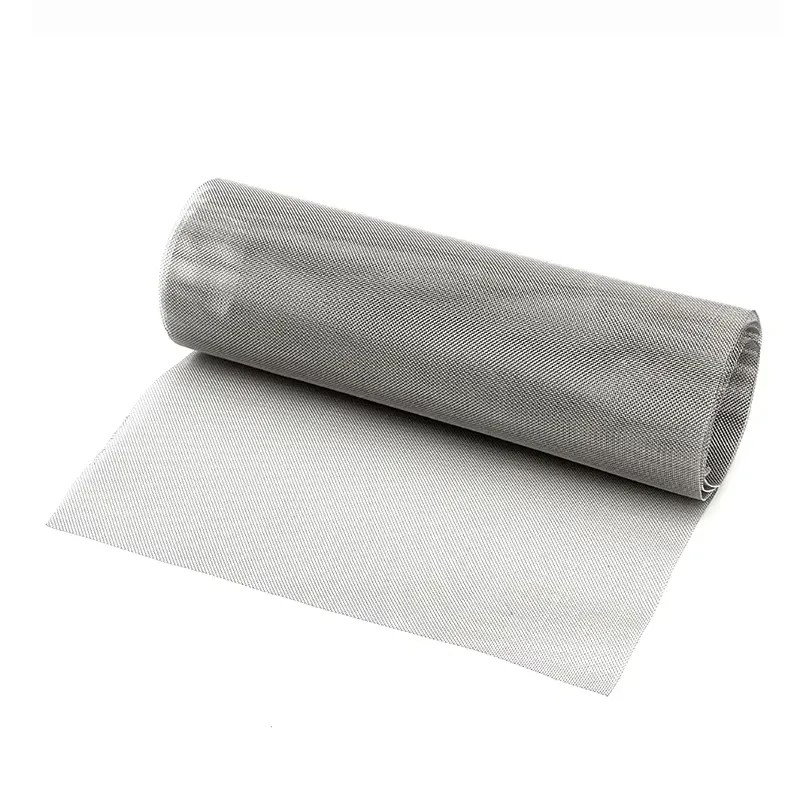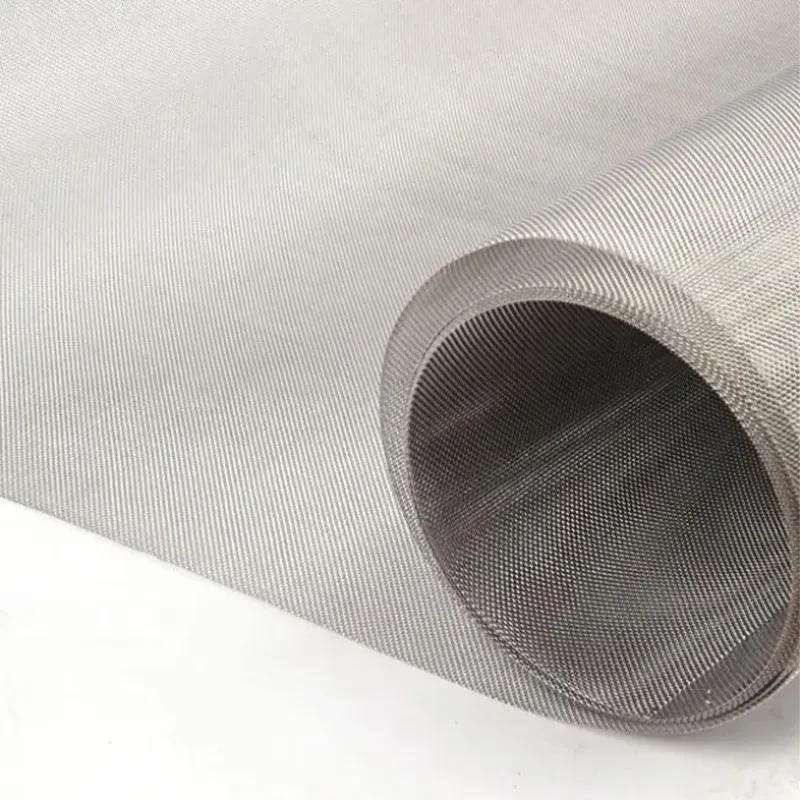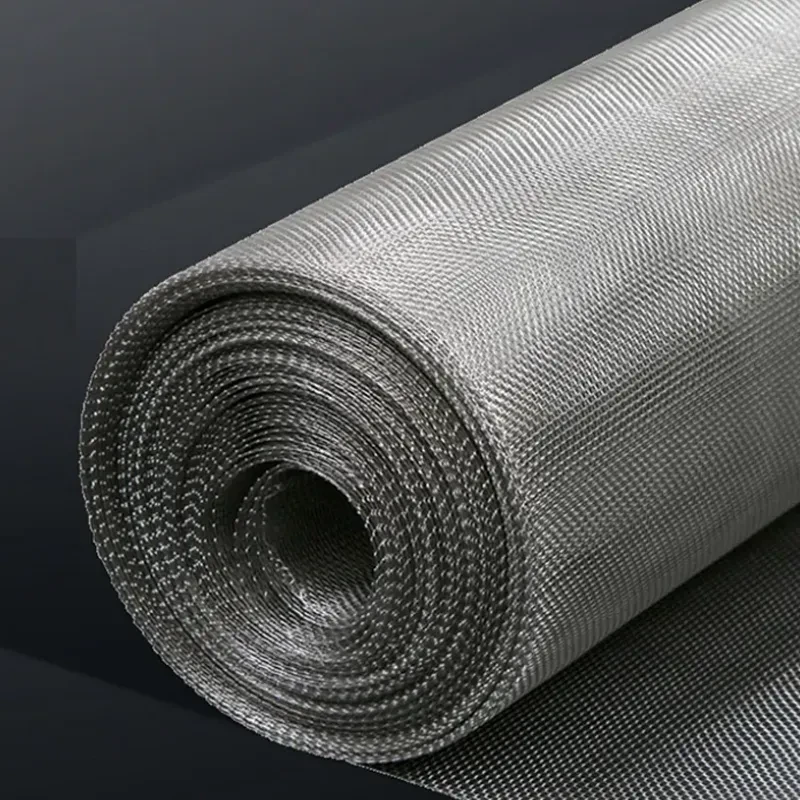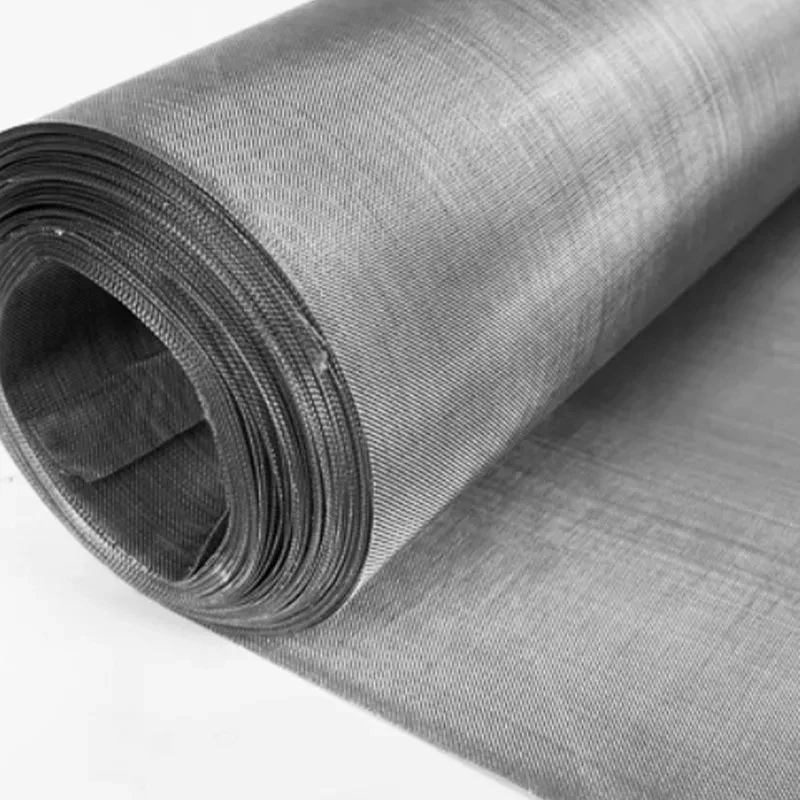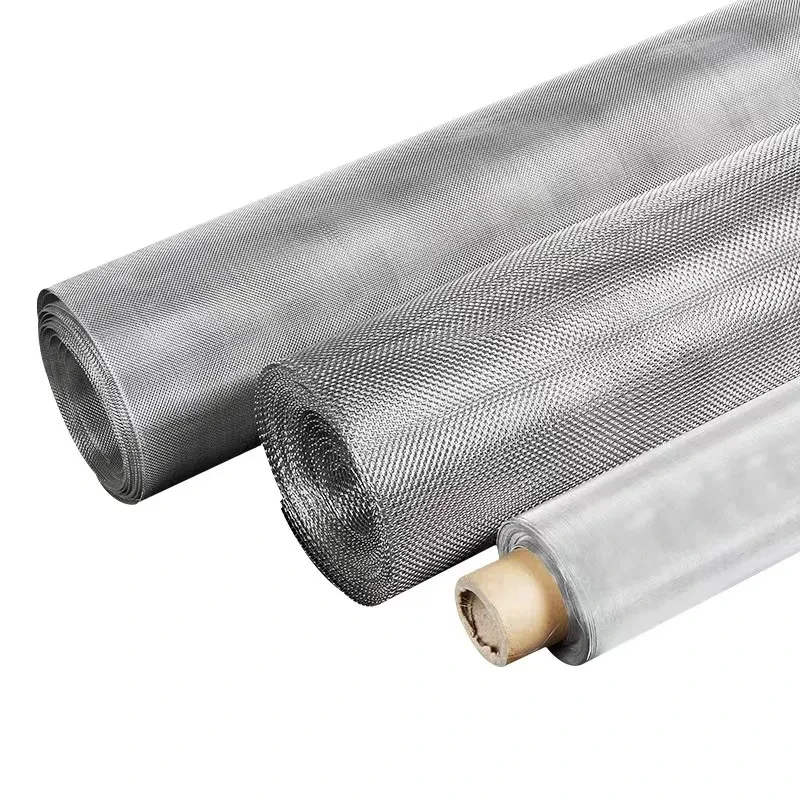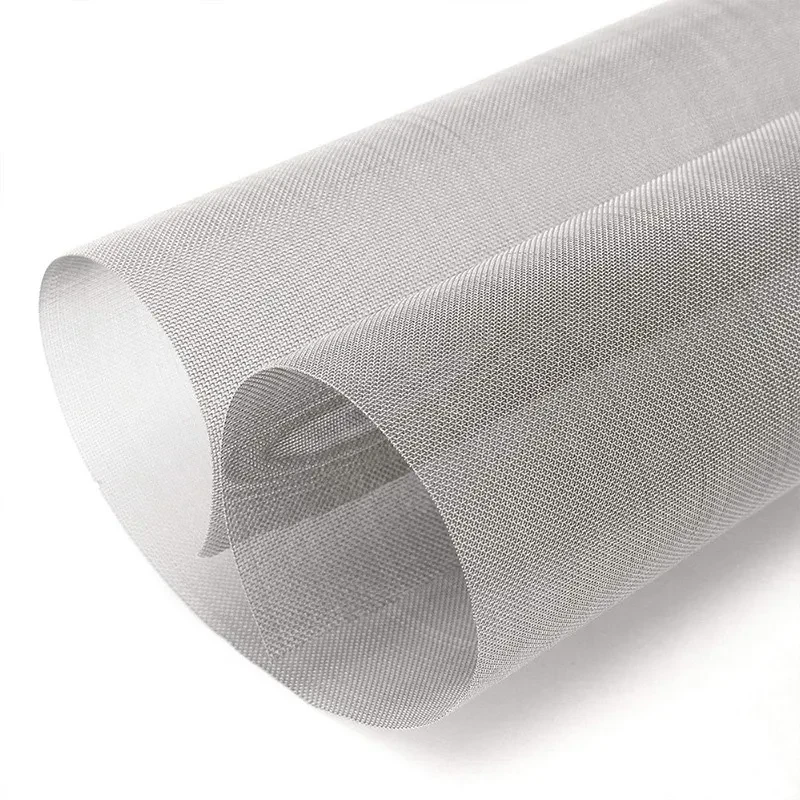Decorative Metal Grids: Stylish Grilles & Mesh Solutions
Understanding decorative metal grid: A Technical Overview for B2B Stakeholders
In contemporary architecture, interior design, and various industrial applications, the aesthetic appeal and functional robustness of materials are paramount. The decorative metal grid stands as a testament to this synergy, offering unparalleled versatility for designers, engineers, and procurement specialists. Far from mere functional components, these grids are increasingly being recognized as pivotal elements that enhance visual dynamics while providing critical structural or protective benefits. This section delves into the fundamental aspects of decorative metal grids, exploring their definition, the diverse range of materials employed in their manufacture, and the initial classifications that distinguish them within the vast landscape of metal products. Understanding these core principles is essential for any B2B entity looking to leverage the full potential of these sophisticated materials in their projects. We will also touch upon specific iterations such as decorative metal grill mesh and decorative metal grilles for cabinet doors, illustrating their tailored applications and the evolving demands of the market for specialized aesthetic solutions. The adaptability of these materials to different environmental conditions and design specifications makes them an invaluable asset for projects ranging from large-scale architectural facades to intricate interior details. The market for high-performance, aesthetically pleasing metal solutions is experiencing significant growth, driven by a demand for sustainable, durable, and visually appealing materials that can withstand rigorous conditions while meeting stringent design specifications. Our commitment to providing detailed technical insights aims to empower decision-makers with the knowledge needed to select optimal solutions for their complex projects.
A decorative metal grid is broadly defined as a patterned, open metal structure designed not only for its functional attributes—such as ventilation, security, or light diffusion—but also, and crucially, for its aesthetic contribution. Unlike standard industrial meshes or gratings, decorative grids are engineered with specific attention to their visual impact, often featuring intricate patterns, unique textures, and refined finishes. This dual functionality is what elevates them beyond commodity materials into specialized design components. The selection of materials is critical to both function and form. Common materials include various grades of stainless steel (e.g., 304, 316, 316L), known for their excellent corrosion resistance, high strength, and ease of maintenance, making them ideal for both indoor and demanding outdoor applications. Carbon steel is often chosen for its strength and cost-effectiveness, particularly when it can be protected with appropriate finishes like powder coating or galvanization. Aluminum offers lightweight properties, excellent corrosion resistance, and a high degree of formability, making it suitable for architectural elements where weight is a concern. Other materials like brass and bronze are utilized for their distinctive aesthetic qualities, providing warm tones and antique finishes that are highly sought after in specific design contexts. The choice of material significantly influences the grid's performance, longevity, and visual appeal, dictating its suitability for different environments and applications. For instance, in coastal environments, 316L stainless steel would be preferred over 304 due to its superior resistance to chloride corrosion. The technical specifications of these materials, including their tensile strength, yield strength, and specific gravity, are meticulously considered to ensure the final product meets the structural and aesthetic requirements of its intended application. The careful balance between material properties and design intent is a hallmark of high-quality decorative metal grid manufacturing.
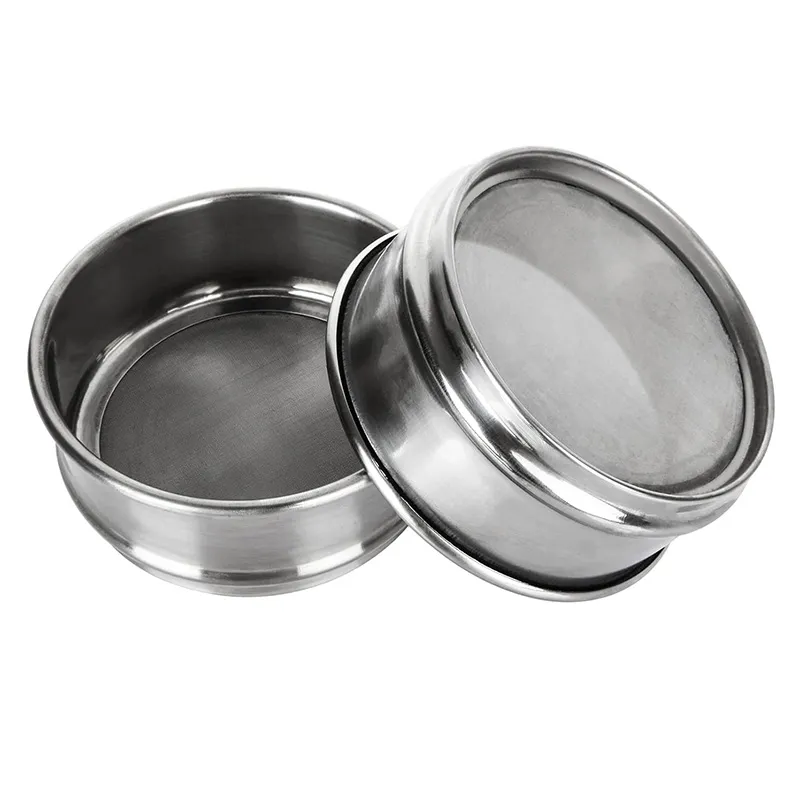
Within the realm of decorative metal grid products, primary classifications often revolve around their manufacturing method and resulting structural characteristics. One prominent type is steel expanded metal, produced by simultaneously slitting and stretching a solid sheet of metal. This process creates a single, continuous piece without welds or interlocks, resulting in an exceptionally strong yet lightweight material with a diamond-shaped pattern. The lack of material waste in the expanding process makes it an economically and environmentally efficient option. Expanded metal is highly versatile, offering various patterns, opening sizes, and strand configurations, which can be adapted for facades, balustrades, and security screens. Another significant category is perforated metal, created by punching or stamping a series of holes or patterns into a solid sheet. Perforated metal allows for precise control over hole size, shape (round, square, slotted, ornamental), and spacing, making it ideal for acoustic panels, sunscreens, and highly customized aesthetic applications like decorative metal grilles for cabinet doors. Woven wire mesh, which involves interweaving individual wires in various patterns (e.g., plain weave, twill weave, Dutch weave), offers flexibility and a wide range of open areas, commonly used for filtration, sieving, and subtle architectural elements. Each manufacturing technique imparts unique properties and visual characteristics to the final grid, dictating its suitability for specific design and functional requirements. For instance, expanded metal’s inherent rigidity makes it excellent for demanding structural applications, while perforated metal excels where precise light or airflow control is needed. The diverse array of patterns available through these manufacturing processes enables architects and designers to create truly unique and striking visual effects, contributing significantly to the overall aesthetic of a project. The advancements in manufacturing technologies, including laser cutting and CNC precision punching, further expand the possibilities for intricate and custom decorative metal grid designs, pushing the boundaries of what is achievable in metal fabrication.
The Meticulous Manufacturing Process of Decorative Metal Grid Solutions
The creation of a high-quality decorative metal grid is a sophisticated endeavor, demanding precision, advanced machinery, and rigorous quality control at every stage. The manufacturing process is not monolithic; it varies significantly depending on the desired pattern, material, and ultimate application. For steel expanded metal, the journey begins with a solid sheet or coil of metal, which is then fed into a specialized expanding machine. This machine features a series of synchronized knives that alternately slit and stretch the metal. Unlike traditional methods that remove material, expansion creates a mesh-like structure with no welds or joints, maximizing material efficiency and resulting in a high strength-to-weight ratio. The diamond-shaped openings are formed as the metal is simultaneously cut and stretched, with the long way of the diamond (LWD) and the short way of the diamond (SWD) dictating the final mesh geometry. This continuous process ensures uniformity and integrity across the entire sheet, making expanded metal an ideal choice for applications requiring robust and lightweight solutions, such as architectural facades or security fencing. The precision of this process is critical, as even minor deviations can impact the aesthetic consistency and structural integrity of the final decorative metal grill mesh. Further processing steps may include flattening (for a smoother surface) and cutting to specific dimensions.

For perforated metal, the manufacturing process involves precision punching or stamping. This method utilizes specialized tooling to create a series of holes or patterns in a flat metal sheet. Computer Numerical Control (CNC) technology plays a pivotal role here, allowing for extremely precise control over hole size, shape, spacing, and pattern repetition. This enables the creation of highly intricate and customized designs, from simple round holes to complex geometric or artistic patterns, making it particularly suited for decorative metal grilles for cabinet doors or sophisticated acoustic panels. Laser cutting, another advanced manufacturing technique, offers even greater flexibility for bespoke decorative metal grid designs. Laser cutting machines can slice through various metal thicknesses with exceptional accuracy, creating complex contours and fine details that would be challenging or impossible with traditional punching methods. This process is especially valuable for one-off custom projects or prototypes where design flexibility is paramount. After the primary shaping process, decorative metal grids often undergo various finishing treatments. These can include powder coating, which provides a durable and aesthetically pleasing colored surface; anodizing, primarily for aluminum, enhancing corrosion resistance and offering a range of metallic finishes; galvanizing, for steel products, to provide superior corrosion protection; and polishing or brushing, to achieve specific surface textures and lusters. Each finishing process not only enhances the product's visual appeal but also contributes significantly to its longevity and performance in specific environmental conditions.
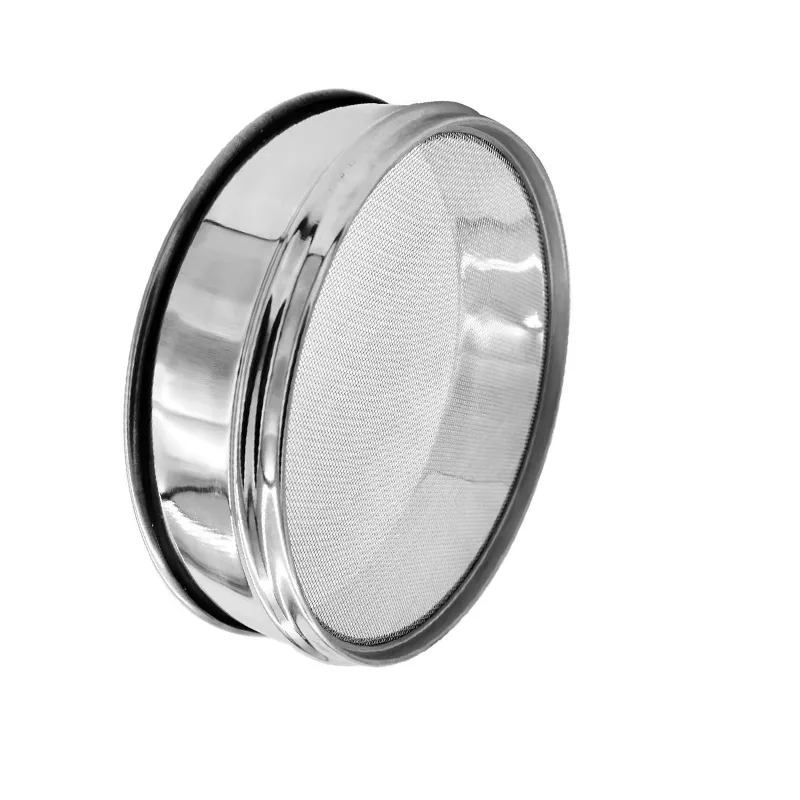
Quality control and adherence to international standards are paramount in the production of decorative metal grid products, ensuring that they meet the stringent requirements of B2B clients across diverse industries. Our manufacturing process integrates multiple inspection points, starting from raw material verification. Incoming materials are rigorously checked against specifications for chemical composition, mechanical properties (e.g., tensile strength, yield strength, hardness), and dimensional accuracy, often conforming to ASTM (American Society for Testing and Materials) standards. During the manufacturing process, in-process inspections monitor critical parameters such as opening size, strand width, sheet flatness, and overall dimensions using advanced metrology equipment. Post-fabrication, each decorative metal grid undergoes a comprehensive final inspection. This includes visual checks for surface defects, verification of finish quality, and precise dimensional measurements to ensure compliance with design drawings and tight tolerances. Our quality management system is certified to ISO 9001, providing a robust framework for consistent quality and continuous improvement. For products intended for specific industries, additional certifications or tests may be required, such as fire ratings, acoustic performance tests, or specialized corrosion resistance testing in accordance with ANSI (American National Standards Institute) or industry-specific norms. The typical service life of a decorative metal grid can vary significantly based on material, finish, and environmental exposure, but with proper selection and installation, high-grade stainless steel or appropriately coated carbon steel grids can easily exceed 20-30 years in typical architectural applications. In harsh industrial environments, such as certain petrochemical or metallurgical settings where these grids might serve as protective screens or elements within filtration systems, specialized alloys and robust coatings are employed to ensure longevity and resistance to corrosive media, ensuring performance and safety in demanding conditions. Our commitment to these exacting standards ensures that every product leaving our facility is not just aesthetically pleasing but also technically superior and incredibly reliable, meeting the precise needs of sectors such as specialized filtration for water treatment, protective barriers in energy facilities, or custom ventilation covers in sensitive industrial environments.
Key Technical Parameters and Specifications of Decorative Metal Grid
For B2B buyers and technical personnel, a deep understanding of the technical parameters of decorative metal grid products is crucial for informed decision-making and optimal project outcomes. These parameters directly influence the performance, aesthetic, and suitability of the grid for specific applications. The choice of material grade is foundational; for instance, Stainless Steel 304 (SS304) offers good corrosion resistance and is widely used for indoor and general outdoor applications, while Stainless Steel 316L (SS316L) provides superior corrosion resistance, particularly in chloride-rich environments like coastal areas or chemical processing plants. Carbon steel (e.g., Q235, A36) is a cost-effective option, often requiring protective coatings. Aluminum alloys (e.g., 6061, 5052) are prized for their light weight, excellent formability, and natural corrosion resistance. The mesh type—whether expanded, perforated, woven, or welded—dictates the basic structural characteristics and visual texture. Each type has distinct properties; for example, expanded metal offers high strength-to-weight and a continuous structure, while perforated metal allows for precise open area control and intricate patterns.
Critical dimensional parameters include the opening size, which for expanded metal is defined by the Long Way of Design (LWD) and Short Way of Design (SWD), and for perforated metal by the hole diameter and pitch (center-to-center distance of holes). For woven meshes, it's the mesh count (wires per inch) and wire diameter. These dimensions directly impact the open area percentage, a vital parameter that determines light transmission, airflow, and visual transparency. A higher open area percentage means greater light and air passage but potentially less privacy or structural rigidity. Conversely, a lower open area offers more opacity and solidity. Strand width and thickness (or gauge) are essential for determining the grid's structural integrity, weight, and visual robustness. Thicker strands or heavier gauges result in stronger, more rigid grids, suitable for applications requiring high load-bearing capacity or impact resistance. The overall dimensions (sheet or roll size) are critical for logistical planning, material yield, and installation efficiency. Standard sheet sizes are common, but custom sizes are frequently required for architectural projects. Surface finish options are not just aesthetic but also functional, impacting corrosion resistance, cleanability, and UV stability. Options include powder coating (offering a wide range of colors and enhanced durability), anodizing (for aluminum, increasing hardness and corrosion resistance), galvanizing (for steel, providing robust sacrificial protection), and various polishing or brushing techniques to achieve specific metallic lusters.
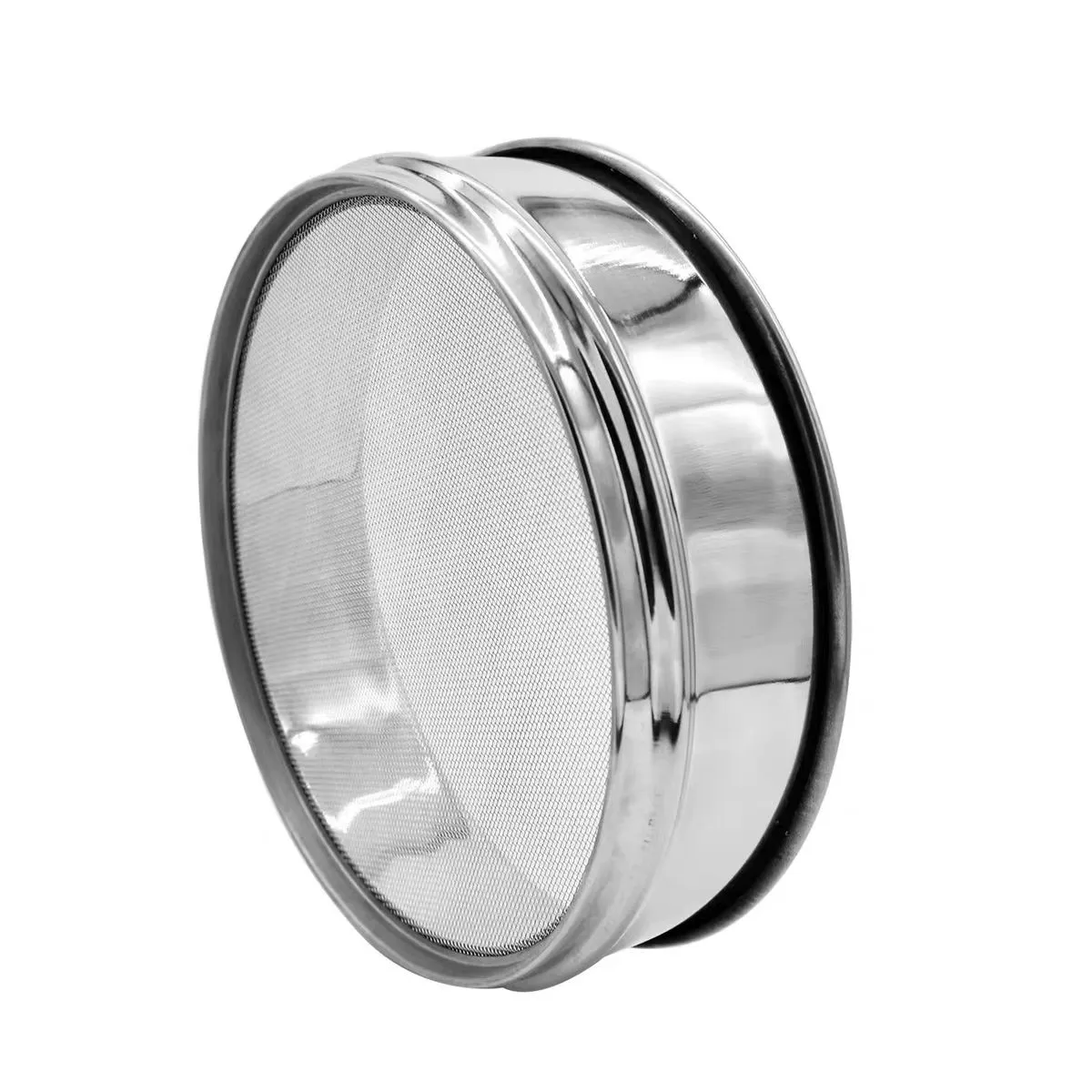
The detailed understanding of these parameters allows architects and engineers to specify a decorative metal grid that precisely meets their project's requirements for structural integrity, visual effect, and environmental resilience. For instance, an architectural facade might prioritize a high open area percentage for natural light and ventilation, while a security barrier would emphasize material thickness and smaller openings for enhanced protection. The weight per unit area is critical for structural engineers assessing load-bearing capabilities and designing support structures, especially for large-scale installations. The careful consideration and specification of each of these technical parameters ensure that the selected decorative metal grid not only looks exceptional but also performs flawlessly over its extensive service life. This data-driven approach is fundamental to mitigating risks, optimizing costs, and achieving superior results in any B2B application involving advanced metal solutions. Our engineering team leverages this in-depth knowledge to guide clients through the selection process, ensuring every specification aligns perfectly with their project’s technical demands and aesthetic vision, thereby facilitating efficient procurement and reliable project execution.
Versatile Applications of Decorative Metal Grid Across Diverse Industries
The versatility of decorative metal grid extends far beyond conventional uses, finding applications in an ever-expanding array of industries where aesthetics, durability, and functionality must converge. In Architectural and Interior Design, these grids are transforming spaces by serving as dynamic building facades that modulate light and airflow, creating striking visual textures that respond to changing daylight. They are employed as sophisticated ceiling panels that conceal mechanical systems while maintaining an open, contemporary feel, and as elegant room partitions that define spaces without completely isolating them, allowing for light and visual connectivity. Balustrades and railings crafted from decorative metal grids offer robust safety features combined with artistic design, elevating staircases and balconies into focal points. Furthermore, they are extensively used as sunshades, effectively reducing solar heat gain while preserving exterior views. A niche but increasingly popular application is decorative metal grilles for cabinet doors, adding a distinctive, often industrial-chic or contemporary touch to custom cabinetry in residential, commercial, and hospitality settings. The ability of these grids to diffuse light, provide ventilation, and offer varying degrees of transparency makes them indispensable for designers seeking to combine performance with high-end aesthetics. In this context, the visual patterns, finishes, and the percentage of open area are meticulously chosen to achieve the desired effect, from subtle textures to bold architectural statements.
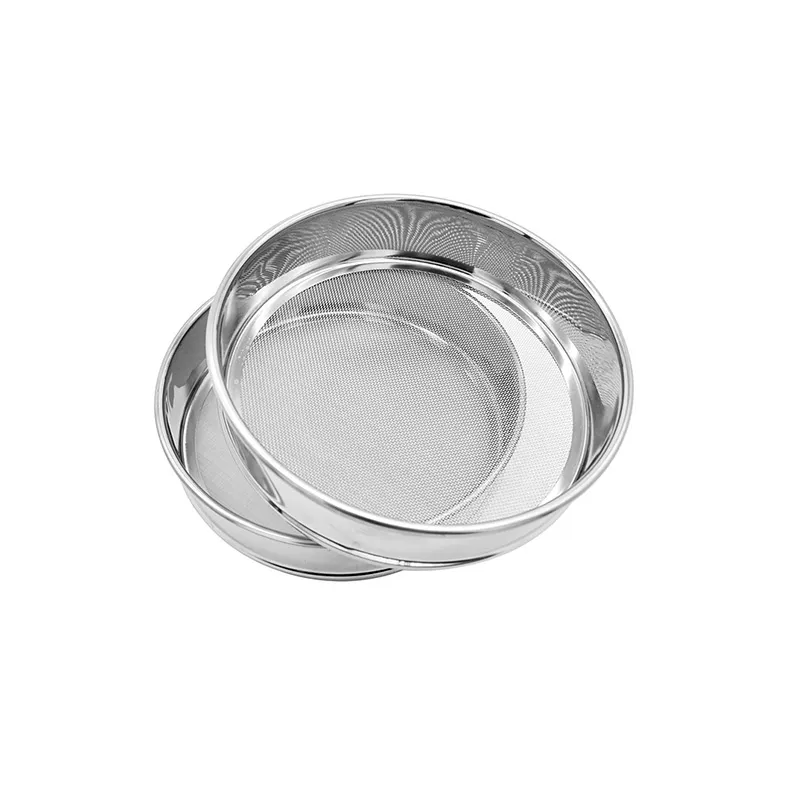
Beyond pure aesthetics, decorative metal grid products also serve crucial roles in Industrial Applications where functional demands meet the need for a refined appearance. For instance, in HVAC systems, these grids are utilized as grilles and diffusers, precisely managing airflow while seamlessly integrating into the building's interior design, often using patterns like decorative metal grill mesh. Their robust construction makes them ideal for security screens and machine guards, offering critical protection for personnel and equipment without obstructing visibility or ventilation. In more specialized industrial contexts, certain decorative grids can be adapted for filtration systems, serving as support meshes for finer filtration media or as pre-filters, owing to their precise opening sizes and durable material construction. While primarily decorative, their inherent strength and open structure make them suitable for applications demanding both safety and an industrial aesthetic. For instance, in modern industrial facilities or data centers, these grids might be used to enclose server racks or cable trays, providing ventilation and security while maintaining a clean, high-tech appearance. The corrosion resistance of materials like stainless steel ensures longevity even in challenging industrial environments, where exposure to chemicals or high humidity is common.

The applications extend further into Commercial and Retail spaces, where decorative metal grid systems create captivating store displays, durable and stylish shelving units, and eye-catching signage backdrops. Their ability to be easily shaped and finished allows for highly customized branding elements. In Infrastructure projects, particularly in the design of modern bridges and public walkways, steel expanded metal grids are increasingly chosen for their lightweight yet anti-slip properties, providing safe and durable surfaces that also contribute to the structure's contemporary aesthetic. The inherent advantages of decorative metal grids contribute significantly to their widespread adoption. Their durability and longevity ensure a long service life, reducing the need for frequent replacement and minimizing lifecycle costs. The varying light transmission and ventilation capabilities are crucial for energy efficiency and indoor air quality in buildings. Their inherent security properties make them suitable for protective barriers, while their aesthetic appeal allows for limitless design possibilities. Furthermore, they are typically low maintenance, requiring minimal upkeep once installed. In demanding environments such as petrochemical plants or water treatment facilities, specialized alloys and coatings are utilized to provide exceptional corrosion resistance, extending the lifespan of the grids and ensuring operational continuity. Some configurations can even contribute to energy saving by optimizing natural light penetration or acting as effective sunshades to reduce cooling loads. The adaptability to various environments and the capacity for customization make decorative metal grids a preferred choice for forward-thinking B2B clients seeking sustainable, high-performance, and visually appealing solutions.
Technical Advantages and Performance Metrics of Decorative Metal Grid
The selection of decorative metal grid for commercial and industrial projects is driven by a compelling suite of technical advantages and performance metrics that extend beyond mere aesthetics. One of the most significant benefits, especially for steel expanded metal, is its exceptional strength-to-weight ratio. Because expanded metal is produced from a single sheet without welds or interlocks, it maintains its structural integrity exceptionally well while being remarkably lighter than solid sheets or other types of mesh with comparable strength. This translates to reduced material costs, easier handling during installation, and lower structural load requirements for supporting frameworks, which can lead to considerable cost savings in large-scale architectural projects like building facades or complex suspended ceilings. This intrinsic strength makes it a reliable choice for applications requiring robustness, such as security screens or protective barriers around machinery, where durability and impact resistance are critical. This optimal balance of strength and weight is a key differentiator, providing superior performance with less material, a crucial factor in sustainable construction and engineering.

Durability and Longevity are fundamental attributes of high-quality decorative metal grid products. When fabricated from materials like stainless steel (e.g., 304, 316L) or appropriately treated carbon steel (galvanized, powder-coated), these grids exhibit excellent resistance to wear, tear, and environmental degradation. Their service life can easily extend beyond 20-30 years in typical outdoor architectural applications, and even longer indoors, minimizing maintenance requirements and long-term replacement costs. The corrosion resistance of the chosen material is paramount, especially for outdoor or harsh industrial environments. Stainless steel, particularly 316L, offers superior resistance to pitting and crevice corrosion, making it ideal for coastal areas or chemical processing facilities. For carbon steel, hot-dip galvanization provides a robust sacrificial zinc coating that protects against rust, while high-quality powder coatings offer an additional barrier against UV radiation and physical abrasion. We meticulously select materials and finishes based on the projected environmental conditions and client performance specifications, ensuring optimal protection and extended service life.

The design of decorative metal grid structures also provides significant functional benefits regarding airflow and light transmission. The open patterns inherent in expanded, perforated, or woven meshes allow for controlled passage of air, making them excellent choices for ventilation grilles, ceiling panels that enhance air circulation, and facades that promote natural cooling. Similarly, the percentage of open area directly impacts the amount of natural light that can penetrate a space, reducing reliance on artificial lighting and contributing to energy savings. This is particularly relevant in green building initiatives where daylighting strategies are prioritized. Furthermore, the varying opacity of different grid patterns can be utilized to manage solar heat gain, effectively acting as sunscreens or brise-soleils. The inherent security and safety aspects are also critical. While aesthetically pleasing, many decorative metal grid designs, especially those made from steel expanded metal, offer formidable protection against unauthorized access or falling objects when used as security screens, protective barriers, or non-slip walkways. Their single-piece construction (for expanded metal) prevents unraveling, maintaining integrity even under stress. Beyond these, some specialized grids can offer acoustic properties, contributing to sound dampening or diffusion in large spaces, and their sustainability is notable, as metals like steel and aluminum are highly recyclable, reducing environmental impact over the product's lifecycle. The combination of these technical advantages positions decorative metal grids as a superior choice for projects demanding both high performance and sophisticated design. A recent industry report from Transparency Market Research projected the global metal mesh market, including decorative applications, to reach over $18 billion by 2031, driven by increasing construction activities and demand for high-performance building materials. This growth underscores the critical role of these technical attributes in market expansion.
Manufacturer Comparison and Selection Criteria for Decorative Metal Grid Suppliers
Selecting the right manufacturer for decorative metal grid products is a critical decision for any B2B entity, directly impacting project quality, timelines, and budget. It transcends simple price comparisons and requires a thorough evaluation of several key criteria. First and foremost is the Quality Control (QC) and Certification framework. A reputable manufacturer will have robust QC protocols at every stage, from raw material inspection to final product verification. Look for certifications such as ISO 9001 (Quality Management System), which indicates a commitment to consistent quality and continuous improvement. Adherence to international material standards like ASTM and dimensional accuracy standards is also crucial. Beyond standard quality, consider the manufacturer's Customization Capabilities. Decorative metal grid often requires bespoke designs, unique patterns, custom sizes, specific finishes, and precise edge treatments. A manufacturer with advanced CNC machinery, laser cutting capabilities, and experienced design engineers can translate complex architectural visions into reality. Their ability to provide CAD drawings, prototypes, and expert consultation throughout the design process is invaluable for complex projects, ensuring that even intricate designs like decorative metal grilles for cabinet doors are executed flawlessly.
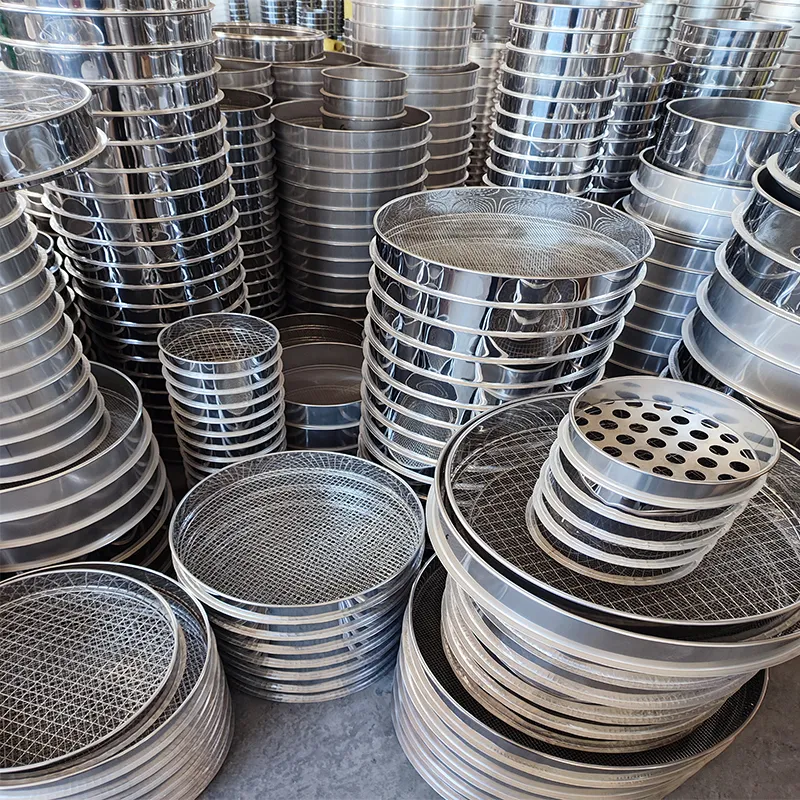
Lead Time and Production Capacity are vital logistical considerations, especially for large-scale projects or those with tight deadlines. A reliable manufacturer should have efficient production processes and sufficient capacity to handle significant order volumes without compromising quality or extending delivery schedules. Inquire about their typical lead times for standard products and custom orders, and their ability to accommodate expedited requests. Pricing is, of course, a factor, but it should be evaluated in conjunction with the overall value proposition—balancing cost with quality, service, and technical expertise. A seemingly lower upfront cost can lead to higher long-term expenses due to poor quality, delays, or lack of support. Customer Support and Communication are often overlooked but are essential for a smooth procurement process. A manufacturer that offers clear, timely communication, responsive technical assistance, and dedicated account management can significantly mitigate project risks. Look for evidence of strong pre-sales consultation and reliable post-sales support.
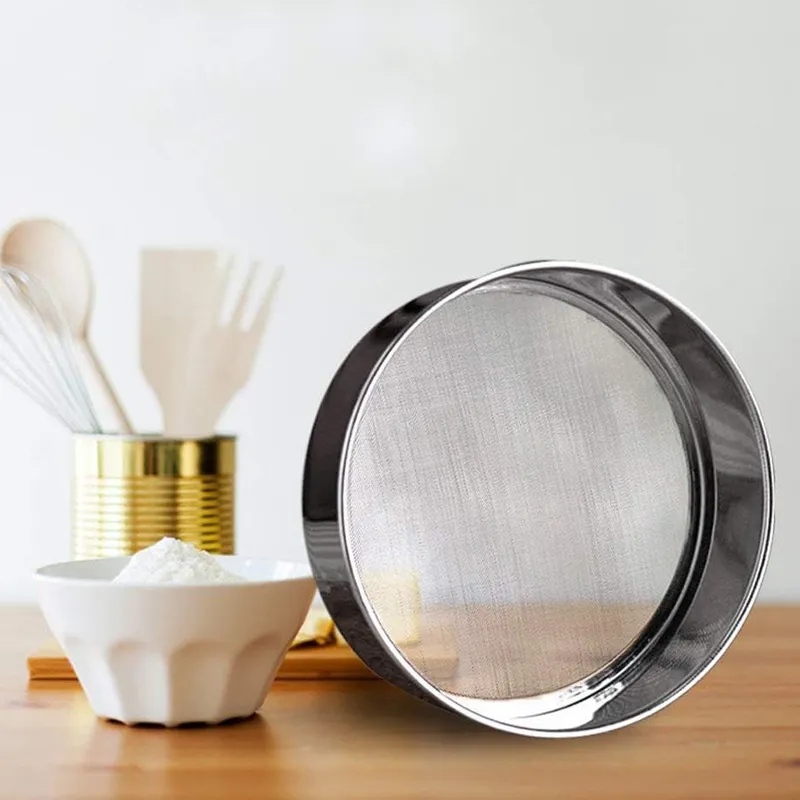
Furthermore, assessing a manufacturer's Track Record and Industry Experience provides a strong indicator of their reliability and capabilities. Companies with many years of service in the industry, a strong portfolio of successful projects (especially those involving steel expanded metal or complex architectural decorative metal grill mesh), and positive client testimonials demonstrate a proven ability to deliver. Inquire about their R&D capabilities, as innovation in patterns, materials, and finishing techniques ensures they can offer cutting-edge solutions. For example, our company recently partnered with a leading architectural firm on a landmark cultural center. The project required custom large-format decorative metal grid panels with a unique geometric perforation for the building's facade, designed to optimize natural light while creating a dynamic visual effect. Our advanced laser cutting technology, combined with meticulous attention to detail and rigorous quality control, allowed us to fabricate over 500 bespoke panels, each with exacting precision. We provided a comprehensive service from initial design consultation and material selection to prototyping and on-time delivery, demonstrating our ability to handle complex projects and meet stringent aesthetic and technical specifications. The client praised our rapid prototyping capabilities and the seamless integration of the panels into their design, noting that our expertise was instrumental in realizing their ambitious vision. This commitment to delivering high-quality, customized solutions, backed by technical expertise and strong client relationships, sets leading manufacturers apart in the competitive market for decorative metal grids.
Customization Solutions and Design Flexibility for Decorative Metal Grid
In the realm of modern design and engineering, off-the-shelf solutions often fall short of meeting the unique aesthetic and functional requirements of sophisticated projects. This is where the profound customization capabilities for decorative metal grid products become invaluable. At the core of our offering is the ability to tailor every aspect of the grid to specific project needs, transforming a standard material into a unique design element. We offer an extensive range of custom patterns, moving beyond conventional mesh and perforation designs to create intricate geometric, organic, or abstract motifs. Whether it's a proprietary pattern reflecting a brand's identity or an artistic motif inspired by the project's surroundings, our advanced manufacturing technologies, including high-precision laser cutting and sophisticated CNC punching, enable the realization of virtually any design vision. This precision ensures that even the most complex designs for decorative metal grill mesh or bespoke facades are executed with impeccable detail and consistency across large panels.
Custom sizes and dimensions are a fundamental aspect of design flexibility. While standard sheet sizes are available, architectural and industrial projects frequently require panels cut to exact specifications to minimize waste and ensure seamless integration. We provide precise cutting and fabrication services, ensuring that each decorative metal grid panel fits perfectly within its designated space. The choice of materials is also fully customizable; clients can select from various grades of stainless steel, carbon steel, aluminum, brass, bronze, and even specialized alloys, each offering distinct mechanical properties and aesthetic characteristics. This allows for optimization based on environmental factors, structural loads, and desired visual outcomes. For example, for outdoor installations in corrosive environments, we might recommend a specific marine-grade stainless steel like 316L, while for lightweight interior partitions, a certain aluminum alloy might be ideal. The ability to specify the exact material ensures that the grid not only looks perfect but also performs optimally throughout its lifecycle.
The selection of finishes offers another layer of customization, profoundly impacting the final appearance and durability of the decorative metal grid. Options include a vast palette of powder coatings for color and enhanced corrosion resistance, anodizing for aluminum to create durable and varied metallic tones, galvanizing for robust protection of steel expanded metal, and various polishing, brushing, or sandblasting techniques to achieve specific textures and lusters. These finishes not only contribute to the aesthetic but also provide crucial protective layers against environmental elements, ensuring the longevity and continued visual appeal of the grid. Furthermore, we offer specialized edge treatments and fabrication, including bending, forming, welding, and framing, to prepare the grids for immediate installation. This comprehensive fabrication capability ensures that the final product arrives ready for integration into the larger structure, minimizing on-site work and installation costs. Our collaborative approach involves close consultation with clients, leveraging advanced CAD design and rapid prototyping services to refine designs and produce samples. This iterative process ensures that the final decorative metal grid product perfectly aligns with the client's vision and technical requirements, from the initial concept to the final installation. This commitment to bespoke solutions and design partnership is what empowers architects and engineers to push the boundaries of creativity and functionality in their projects.
Real-World Application Cases and Client Successes with Decorative Metal Grid
The true value of a decorative metal grid is best illustrated through its successful deployment in real-world applications, where its aesthetic and functional advantages are fully leveraged. Our extensive experience has allowed us to partner with diverse clients on a multitude of projects, delivering bespoke solutions that exceed expectations. One notable case involved a modern corporate headquarters that sought to create a visually striking and energy-efficient building facade. The challenge was to integrate natural light and ventilation while maintaining privacy and a high-end aesthetic. We collaborated closely with the architectural firm to design and fabricate large-format steel expanded metal panels. These panels, made from marine-grade stainless steel with a custom powder-coated finish, were engineered to optimize solar shading and airflow, significantly reducing the building's cooling load and energy consumption. The specific diamond pattern of the expanded metal created a dynamic interplay of light and shadow, transforming the building's exterior into a living artwork that changed with the time of day. The project was completed ahead of schedule, and the client reported substantial energy savings within the first year, alongside overwhelmingly positive feedback on the building's striking appearance. This project underscored how strategic use of a decorative metal grid can deliver both profound aesthetic impact and measurable operational efficiencies.
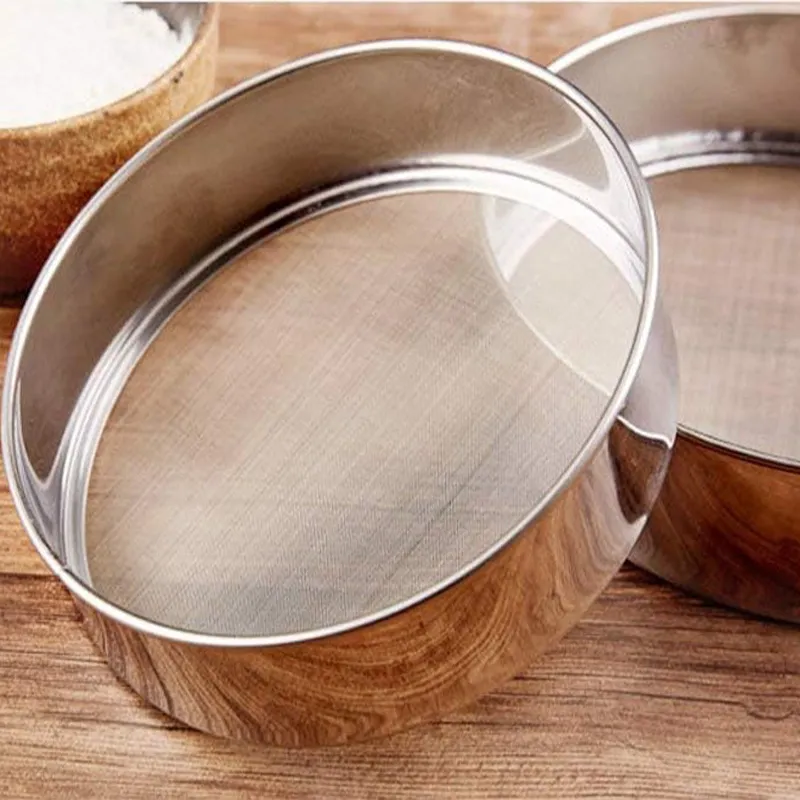
Another compelling success story involves a luxury hotel chain that aimed to revamp its lobby and restaurant spaces, desiring a contemporary yet inviting ambiance. They required sophisticated interior partitioning that offered visual semi-transparency and acoustic dampening without entirely closing off areas. We provided custom-perforated decorative metal grid panels, crafted from brass with a satin finish. The bespoke perforation pattern was inspired by local cultural motifs, adding a unique touch of elegance. These panels served as elegant room dividers, subtly segmenting the expansive lobby into intimate seating areas and defining the dining space, while allowing light to filter through and maintaining an open, airy feel. The perforated design also contributed to improved acoustics within the large space, reducing echo and enhancing guest comfort. The hotel management expressed immense satisfaction with the refined aesthetic and the functional improvements, noting that the decorative metal grid elements became a signature design feature, contributing to a significant increase in guest satisfaction scores and positive reviews about the hotel's ambiance. This case exemplifies the power of a custom decorative metal grid to elevate interior spaces and enhance the user experience.
Furthermore, our expertise extended to a high-end custom furniture manufacturer specializing in bespoke kitchens and cabinetry. They required unique and elegant elements for their premium line of kitchen island units and bespoke storage solutions, specifically seeking decorative metal grilles for cabinet doors that would offer both ventilation and a distinctive visual texture. We developed a series of laser-cut aluminum grilles with an intricate geometric pattern and an anodized black finish. These grilles were precisely engineered to fit seamlessly into the cabinet door frames, providing discreet ventilation for integrated appliances and adding a touch of sophisticated industrial design to the otherwise minimalist aesthetic. The precision of the laser cutting allowed for extremely fine details and sharp edges, creating a truly premium feel. The furniture manufacturer lauded our ability to deliver such precise and aesthetically refined components, which significantly enhanced the perceived value and unique selling proposition of their cabinetry line. They noted that these custom decorative metal grilles became a key differentiator in their market segment, attracting clients who sought unparalleled quality and design. These diverse application cases highlight our commitment to leveraging the technical and aesthetic potential of decorative metal grid solutions, consistently delivering superior results that meet and exceed our clients' complex project requirements across architectural, interior design, and specialized industrial sectors.
Trustworthiness and Customer-Centric Approach: Our Commitment to Excellence
Building and maintaining trust with our B2B partners is at the core of our operations. Our commitment to trustworthiness is reflected in every facet of our business, from transparent communication to robust quality assurance and comprehensive customer support. We understand that for complex projects involving decorative metal grid solutions, reliability and predictability are paramount. Our quality assurance process is not merely a formality; it is an integrated system designed to ensure every product leaving our facility meets the most stringent standards. This begins with sourcing only premium-grade raw materials from certified suppliers, rigorously testing them for compliance with international standards such as ASTM and ISO. Throughout the manufacturing process, from precision cutting of steel expanded metal to the intricate detailing of perforated panels for decorative metal grilles for cabinet doors, multiple checkpoints are implemented to monitor dimensional accuracy, surface finish, and structural integrity. Our dedicated quality control team utilizes advanced inspection equipment to verify every parameter against specifications.
We stand by the quality of our products with a comprehensive Warranty Commitment. All our decorative metal grid products are backed by an industry-leading warranty that covers material defects and manufacturing faults, providing our clients with peace of mind and demonstrating our confidence in our products' longevity and performance. Details of specific warranty periods and conditions are clearly outlined in our proposals. Furthermore, we recognize that project timelines are often critical, which is why we prioritize efficient production and logistics to ensure predictable Delivery Cycles. For standard products, typical lead times range from 2-4 weeks, while custom orders may require 4-8 weeks, depending on complexity and volume. We provide clear, upfront delivery schedules and maintain open communication with clients regarding production progress and shipping updates. For urgent projects, we offer expedited production and delivery options, carefully coordinating with our logistics partners to meet demanding deadlines without compromising quality. Our focus on streamlined operations and robust supply chain management minimizes delays and ensures that components arrive on-site as planned, facilitating seamless project execution.
Our Customer Support goes beyond mere order processing. We pride ourselves on offering expert technical assistance and responsive service at every stage of the project. Our team of experienced engineers and sales professionals is available for pre-sales consultation, assisting clients in material selection, design optimization, and technical specification to ensure the optimal decorative metal grid solution is chosen for their specific application. During production, we provide regular updates and address any queries promptly. Post-delivery, our support continues, offering guidance on installation, maintenance, and troubleshooting. We are committed to building long-term partnerships, providing continuous support and fostering trust through consistent performance and exceptional service. We invite clients to visit our manufacturing facilities to witness our processes and quality control measures firsthand, further reinforcing confidence in our capabilities.
Frequently Asked Questions (FAQ) about Decorative Metal Grid
Q1: What's the main difference between expanded metal and perforated metal for decorative applications?
A1: Expanded metal (like steel expanded metal) is produced by slitting and stretching a solid sheet, creating a seamless, one-piece mesh with diamond-shaped openings. This process makes it very strong for its weight and eliminates material waste. It offers a distinct three-dimensional texture. Perforated metal, conversely, is made by punching holes (round, square, slotted, or custom patterns) into a flat sheet. It allows for more precise control over hole size and pattern and generally has a flatter appearance. Both are highly versatile for decorative metal grid applications, but the choice depends on the desired aesthetic, structural requirements, and open area percentage.
Q2: How do I choose the right material for my decorative metal grid project?
A2: Material selection depends on several factors: the intended application (indoor/outdoor), environmental conditions (corrosive, high humidity), required strength and weight, and aesthetic preference. Stainless steel (304, 316L) offers excellent corrosion resistance and durability. Carbon steel is economical but typically requires coatings for outdoor use. Aluminum is lightweight and naturally corrosion-resistant. Brass and bronze provide unique aesthetic appeals. Our technical team can provide detailed recommendations based on your project specifications.
Q3: Can decorative metal grids be customized with specific patterns or logos?
A3: Absolutely. Customization is a key aspect of our service. Using advanced laser cutting and CNC punching technologies, we can produce virtually any custom pattern, including company logos, intricate geometric designs, or artistic motifs. We work closely with clients from concept to completion, offering CAD design services and prototyping to ensure the final decorative metal grid perfectly matches your vision.
Q4: What finishes are available for decorative metal grid products, and what are their benefits?
A4: We offer a wide range of finishes:
- Powder Coating: Offers excellent durability, UV resistance, and a vast array of colors.
- Anodizing (for aluminum): Enhances corrosion resistance, surface hardness, and provides various metallic colors.
- Hot-dip Galvanizing (for steel): Provides superior, long-lasting corrosion protection, especially for outdoor and industrial applications.
- Polishing/Brushing: Achieves specific surface lusters, from mirror-like to satin.
- Mill Finish: The natural finish of the metal, often used when further processing or specific raw look is desired.
Q5: What is the typical lead time for an order of decorative metal grill mesh?
A5: Lead times vary based on the complexity of the design, the volume of the order, and the chosen material/finish. For standard configurations, it typically ranges from 2-4 weeks. For highly customized designs or large-scale projects, lead times can extend to 4-8 weeks or more. We always provide a clear and precise lead time estimation at the time of quotation, and we communicate proactively if any changes occur. Expedited options are also available upon request for urgent projects.
Industry Trends and Future Outlook for Decorative Metal Grid
The market for decorative metal grid solutions is dynamic, continually evolving in response to technological advancements, shifting design philosophies, and growing emphasis on sustainability. Several key trends are shaping the future of this industry, driving innovation and expanding application possibilities. A primary trend is the escalating demand for Sustainable Materials and Manufacturing Processes. Clients are increasingly prioritizing materials with high recycled content, lower embodied energy, and suppliers who adhere to environmentally responsible manufacturing practices. This includes reducing waste, optimizing energy consumption, and minimizing the use of hazardous substances. The inherent recyclability of metals like steel and aluminum positions decorative metal grid favorably in this regard. Manufacturers are investing in more efficient production techniques, such as near-net-shape manufacturing and advanced CNC methods that reduce material scrap, further enhancing the sustainability profile of these products.
Another significant trend is the emergence of Smart Grids and Integrated Solutions. Future decorative metal grid systems will likely incorporate advanced functionalities beyond their traditional roles. This includes integrating LED lighting systems directly into the grid structure for dynamic facade illumination or creating "smart" panels with embedded sensors for monitoring environmental conditions like temperature, humidity, or even structural integrity. Such integration would allow for adaptive facades that respond to changing external conditions, optimizing energy performance and occupant comfort. For example, a decorative metal grill mesh on a building facade might dynamically adjust its opacity based on sunlight intensity to control daylighting and heat gain.
The advent of Parametric Design and Generative Manufacturing is revolutionizing how decorative metal grid patterns are conceived and produced. Architects and designers are utilizing sophisticated software tools to generate complex, non-repeating patterns that were previously impossible to design manually. This allows for truly unique, organic, and highly customized grid designs that respond directly to site-specific conditions or artistic intent. Coupled with advanced manufacturing techniques like robotic fabrication and additive manufacturing (though less common for large-scale grids, it hints at future possibilities), this trend will lead to an even greater level of design freedom and complexity in metal grid structures. There is also an Increased Demand for Bespoke and Artistic Solutions. As standard architectural elements become more common, there's a growing desire for unique, statement-making features. This fuels the market for custom-designed decorative metal grid systems that serve as architectural art pieces. This includes intricate laser-cut patterns, three-dimensional formed grids, and highly specialized finishes that create distinct visual identities for buildings and interiors. The ability to push the boundaries of metallic artistry while maintaining structural integrity will be a key differentiator for manufacturers in the coming years. This aligns with the broader movement towards personalized and experience-driven design in commercial and public spaces.
Overall, the future of the decorative metal grid industry is characterized by innovation, sustainability, and an ever-increasing emphasis on customization and intelligent integration. Manufacturers who can adapt to these trends, investing in advanced technologies and fostering a collaborative design approach, will be at the forefront of delivering the next generation of high-performance and aesthetically captivating metal solutions for architectural and industrial applications. Our dedication to continuous research and development ensures we remain at the cutting edge, ready to meet these evolving demands.
Industry and Academic Citations
- "Global Metal Mesh Market Size, Share & Industry Analysis, By Material (Stainless Steel, Carbon Steel, Aluminum, Others), By Type (Expanded Metal, Perforated Metal, Woven Wire Mesh, Welded Wire Mesh), By End-use Industry (Construction, Automotive, Industrial, Food & Beverages, Others) and Regional Forecast, 2024-2032." Transparency Market Research. https://www.transparencymarketresearch.com/metal-mesh-market.html
- "Architectural Metals in Construction: Material Properties and Applications." Construction Specifier. https://www.constructionspecifier.com/architectural-metals-in-construction-material-properties-and-applications/
- "Expanded Metal Mesh Manufacturing Process and Applications." Metal Expanded Mesh News. https://www.metalexpandedmesh.com/expanded-metal-mesh-manufacturing-process-and-applications/ (Note: This might be a blog/commercial site, but provides good industry-specific technical info).

